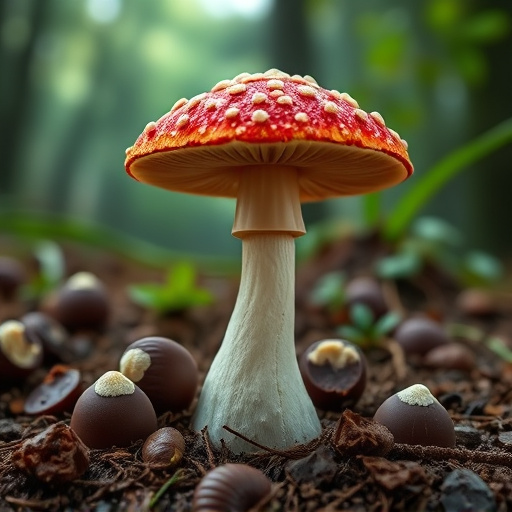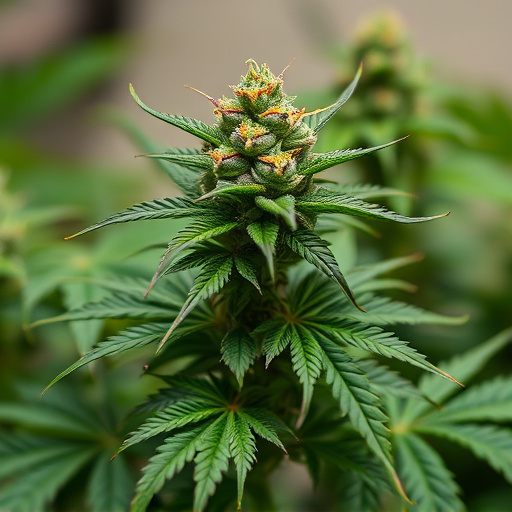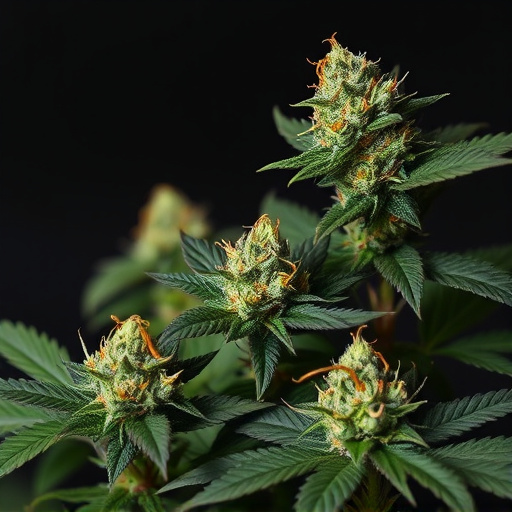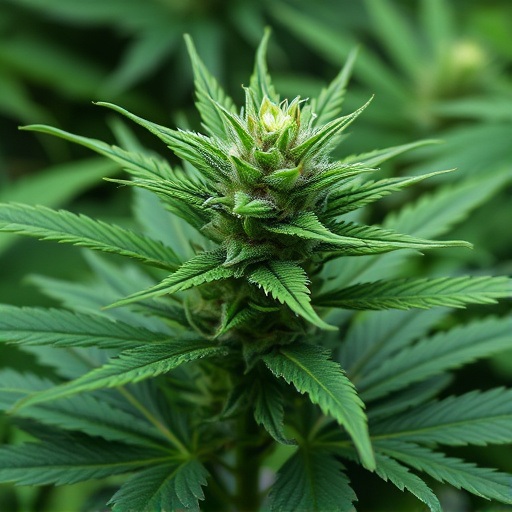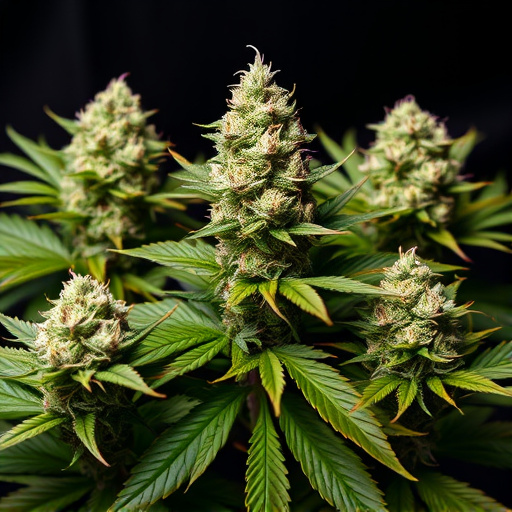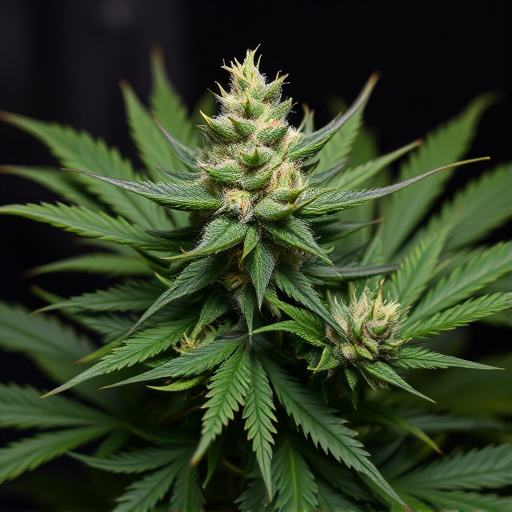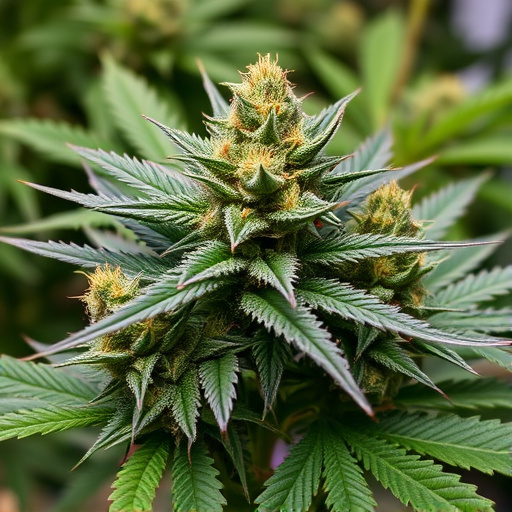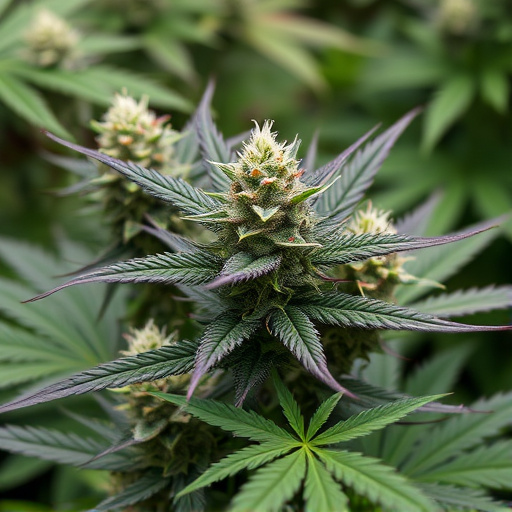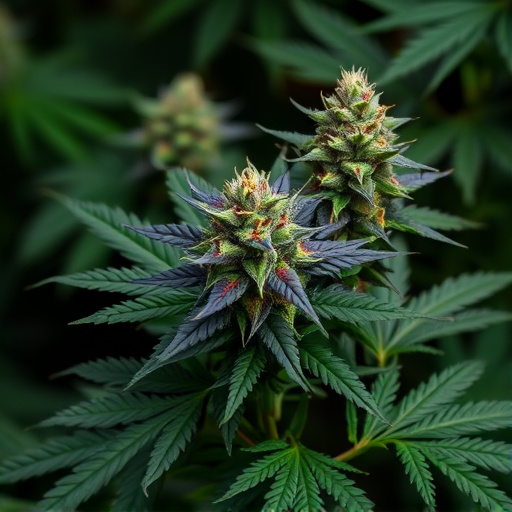Trichomes, tiny hair-like structures on cannabis flowers and leaves, are key to understanding indica cannabis strains' unique characteristics. They produce and concentrate cannabinoids (like THC and CBD), terpenes, and flavonoids, contributing to aroma, flavor, and therapeutic effects. Indica strains feature abundant, sticky trichomes that form a dense coating, enhancing their potency and therapeutic benefits. Identifying trichome development stages—from clear dots to milky white to amber-brown—is crucial for determining peak potency of indica cannabis strains.
“Unveiling the secrets of trichomes in cannabis flowers is a key step towards understanding this complex plant. These tiny, hair-like structures are not just aesthetic; they play a pivotal role in shaping the potency and unique characteristics of cannabis. In this article, we explore the significance of trichomes, focusing on indica cannabis strains. We’ll delve into how their distinct trichome profiles contribute to their therapeutic properties, aroma, and overall user experience, providing valuable insights for both cultivators and enthusiasts.”
- What Are Trichomes and Why Do They Matter in Cannabis Flowers?
- Indica Cannabis Strains: Unique Trichome Characteristics and Their Impact
- Identifying and Understanding Trichome Development Stages in Indica Varieties
What Are Trichomes and Why Do They Matter in Cannabis Flowers?
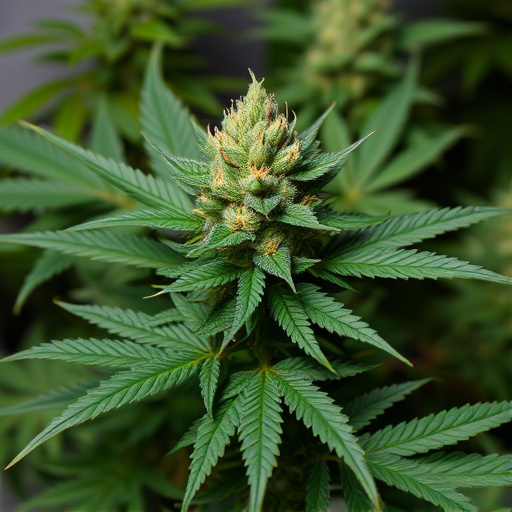
Trichomes are tiny, hair-like structures that coat the surface of cannabis flowers and leaves. They produce and concentrate a wide range of compounds, including cannabinoids like THC and CBD, terpenes, and flavonoids. These compounds give cannabis its unique aroma, flavor, and therapeutic effects. In indica cannabis strains, trichomes often appear as sticky, resinous glands, making them easily visible to the naked eye. Their presence and quality are crucial indicators of a plant’s potency and the overall experience it will deliver.
Trichomes play a vital role in cannabis flowers’ development and defense mechanisms. They secrete resins that protect the plant from pests and diseases. As the trichomes mature, they become more viscous, drawing in potential threats and trapping them within their sticky matrix. This natural defense system not only ensures the plant’s survival but also contributes to the concentration of beneficial compounds. Understanding trichomes is essential for cultivators aiming to produce high-quality indica cannabis strains with desirable effects and therapeutic properties.
Indica Cannabis Strains: Unique Trichome Characteristics and Their Impact
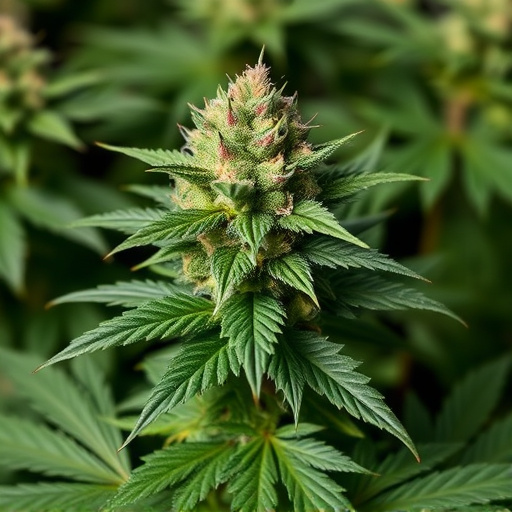
Indica cannabis strains are renowned for their distinct trichome characteristics, which set them apart from their Sativa counterparts. These tiny hair-like structures, known as trichomes, are responsible for producing cannabinoids and terpenes, contributing to the unique effects and aromas associated with different cannabis varieties. In Indica plants, trichomes often appear more abundant and sticky, forming a dense coating on the flowers and leaves. This physical trait is a result of higher levels of resin production, which not only gives Indica strains their distinct look but also enhances their potential therapeutic benefits.
The impact of these unique trichome characteristics is profound. The stickiness of Indica trichomes often indicates a higher concentration of THC (tetrahydrocannabinol), the primary psychoactive compound known for its euphoric and relaxing effects. This makes Indica strains popular among users seeking relief from stress, anxiety, and insomnia. Moreover, the dense trichome coverage can also signal the presence of valuable minor cannabinoids and terpenes, which contribute to the overall entourage effect, enhancing the therapeutic potential and creating a more balanced and pleasant experience for consumers.
Identifying and Understanding Trichome Development Stages in Indica Varieties
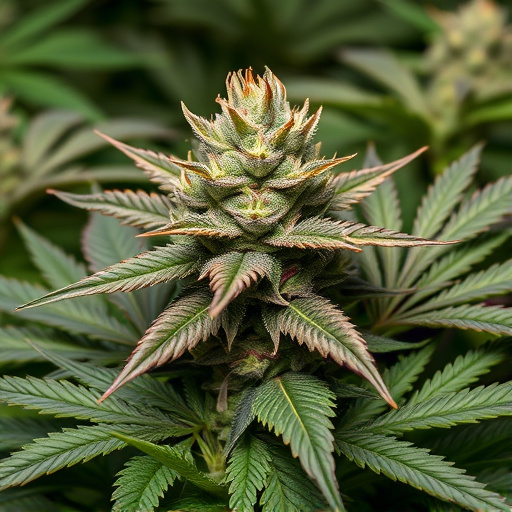
Identifying and understanding trichome development is key to knowing when an indica cannabis strain is at its peak. Trichomes, those tiny hair-like structures that cover the flower, produce and concentrate cannabinoids like THC and terpenes, responsible for the plant’s unique effects and aroma. They begin as clear, small bumps and develop through stages:
In early development, trichomes appear as small, translucent dots on the flower’s surface. As they mature, they fill with essential oils and resins, turning cloudy or milky white. This is a strong indicator that the strain is approaching its peak potency. The final stage sees trichomes becoming amber or amber-brown, signaling that the plant has reached its highest potential for cannabinoid concentration.
Trichomes, those tiny hair-like structures adorning cannabis flowers, play a pivotal role in defining the plant’s unique characteristics. Especially in indica cannabis strains, understanding trichome development and their distinctive features is key to appreciating the diverse effects and qualities of different varieties. By recognizing the stages of trichome growth and their specific traits, cultivators and enthusiasts alike can make informed choices, ensuring they experience the full spectrum of benefits that indica cannabis offers.

